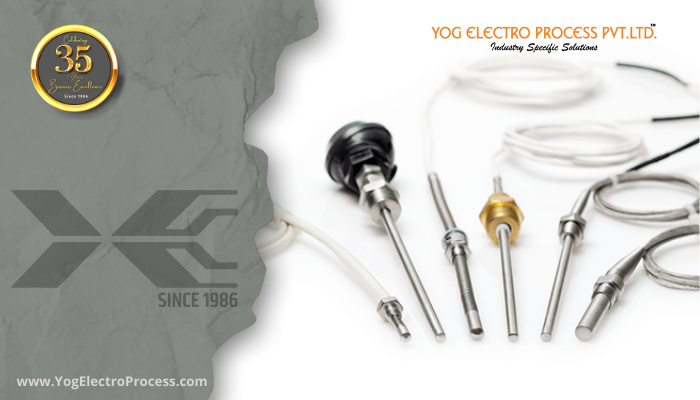It would be delicate to chart a career course in the artificial process control field without being exposed to thermocouples. They’re the ubiquitous introductory temperature measuring tools with which all process masterminds and drivers should be familiar.
Knowing how thermocouples work, how to test them, is essential. Sooner or latterly, however, you may be in charge of opting a thermocouple for a new operation. With no being part in place for you to copy, what are the selection criteria you should consider for your process?
Thermocouple detector assemblies are available with nearly innumerous point combinations that empower merchandisers to give a product for every operation, but make specifying a complete unit for your operation quite a task.
Let’s wade through some of the options available and see what kind of impact each may have on temperature dimension performance.
Thermocouple Type-
Thermocouples are created using two different essence. Colorful essence combinations produce differing temperature ranges and delicacy. Types have standard essence combinations and are designated with capital letters, similar as T, J, and K.
Generally, avoid opting a type that exhibits your awaited measures near the axes for the type. Delicacy varies among thermocouple types, so make sure the delicacy of the named type will be suitable.
Traceability
This may be needed for your operation. The finished thermocouple assembly is tested and compared to a known standard.
The error value between the thermocouple packed to you and the standard are recorded and certified. The pukka detector assembly will be especially tagged for reference to the standard.
Junction Type-
Still, the manner in which the factual detector junction is arranged is important, If your detector will be contained within a tube or jacket. The junction can be predicated to the jacket, electrically isolated from the jacket (ungrounded), or beetled from the jacket ( exposed).
Still, it may be wise to stay down from a predicated junction, indeed though it provides fast response to a change in temperature, If your process terrain may subdue the detector assembly to slapdash voltages (EMF).
Exposed junctions give veritably quick response, but are subordinated to implicit damage or erosion from girding rudiments.
The ungrounded junction provides protection within the enclosing jacket, with a slower response time than either of the other two junction types.
When using ungrounded junctions, keep the mass and periphery of the jacket as small as might be practical to avoid overdamping the detector response.
Inquiry Sheath Material
This applies to assemblies installed in a tube or jacket which houses and protects the detector junction and may give some means of mounting.
Material selections include a variety of pristine sword types, polymers, and essence with coatings of erosion resistant material to suit numerous operations. Make sure the jacket material, including any coatings, will repel the anticipated temperature exposure range.
Jacket tube periphery and length can be customized, along with vittles for bends in the tube.
Remember that as you increase the mass around the junction, or increase the distance of the junction from the point of dimension, the response time will tend to increase.
Fittings and Terminations-
There are innumerous possibilities for mounting fittings and wiring terminations. Give consideration to ease of access for service. How will the assembly be replaced if it fails? Are vibration, humidity, or other environmental factors a concern? What type of string or lead cables would be best suited for the operation?
.
Your options are so multitudinous, it’s judicious to consult a manufacturer’s deals mastermind for backing in specifying the right configuration for your operation. Their product knowledge and operation experience, combined with your understanding of the process conditions, will produce a positive outgrowth in the selection procedure.
